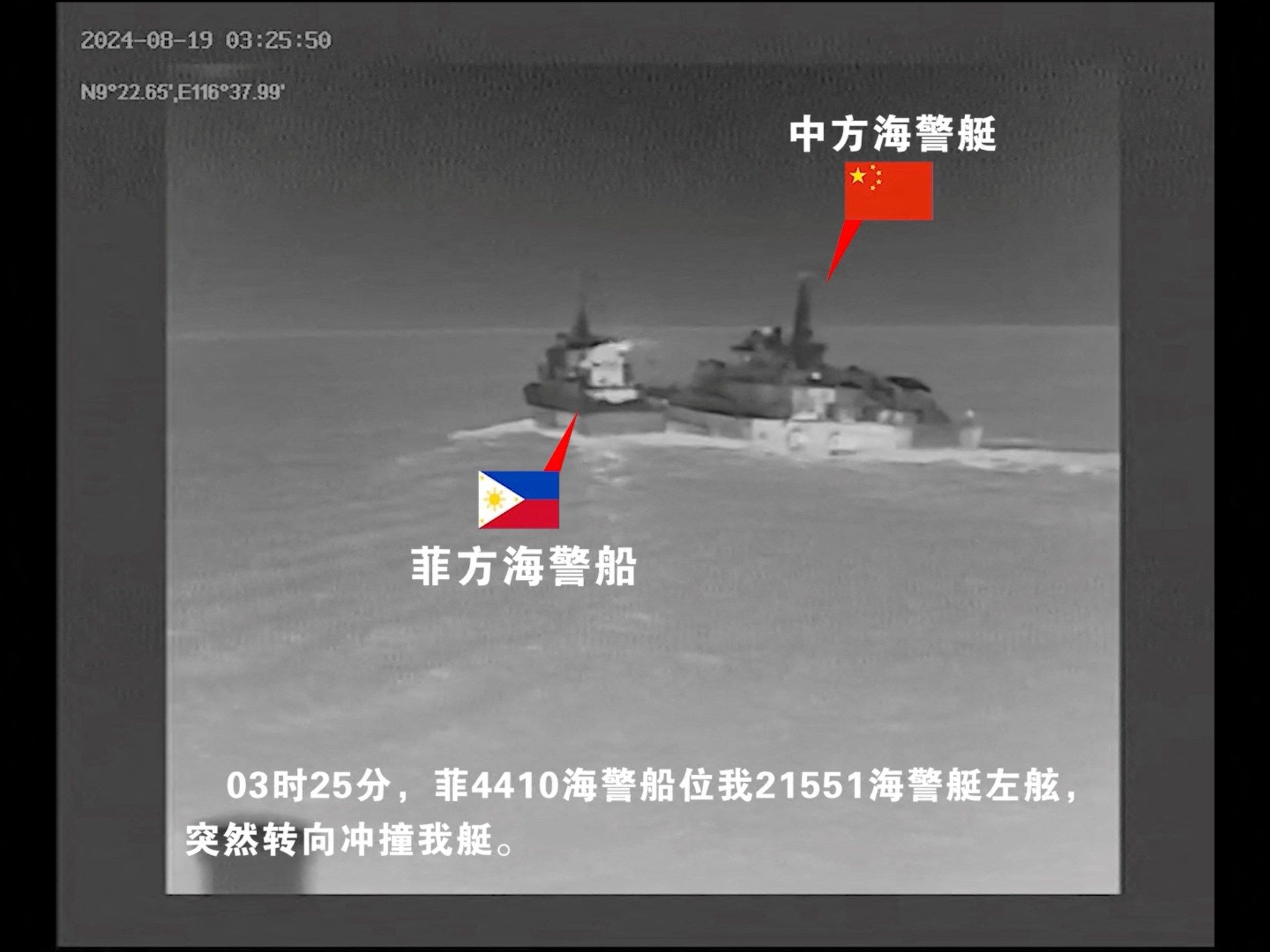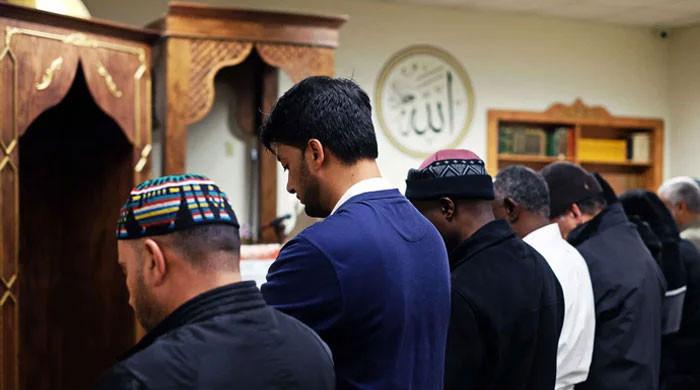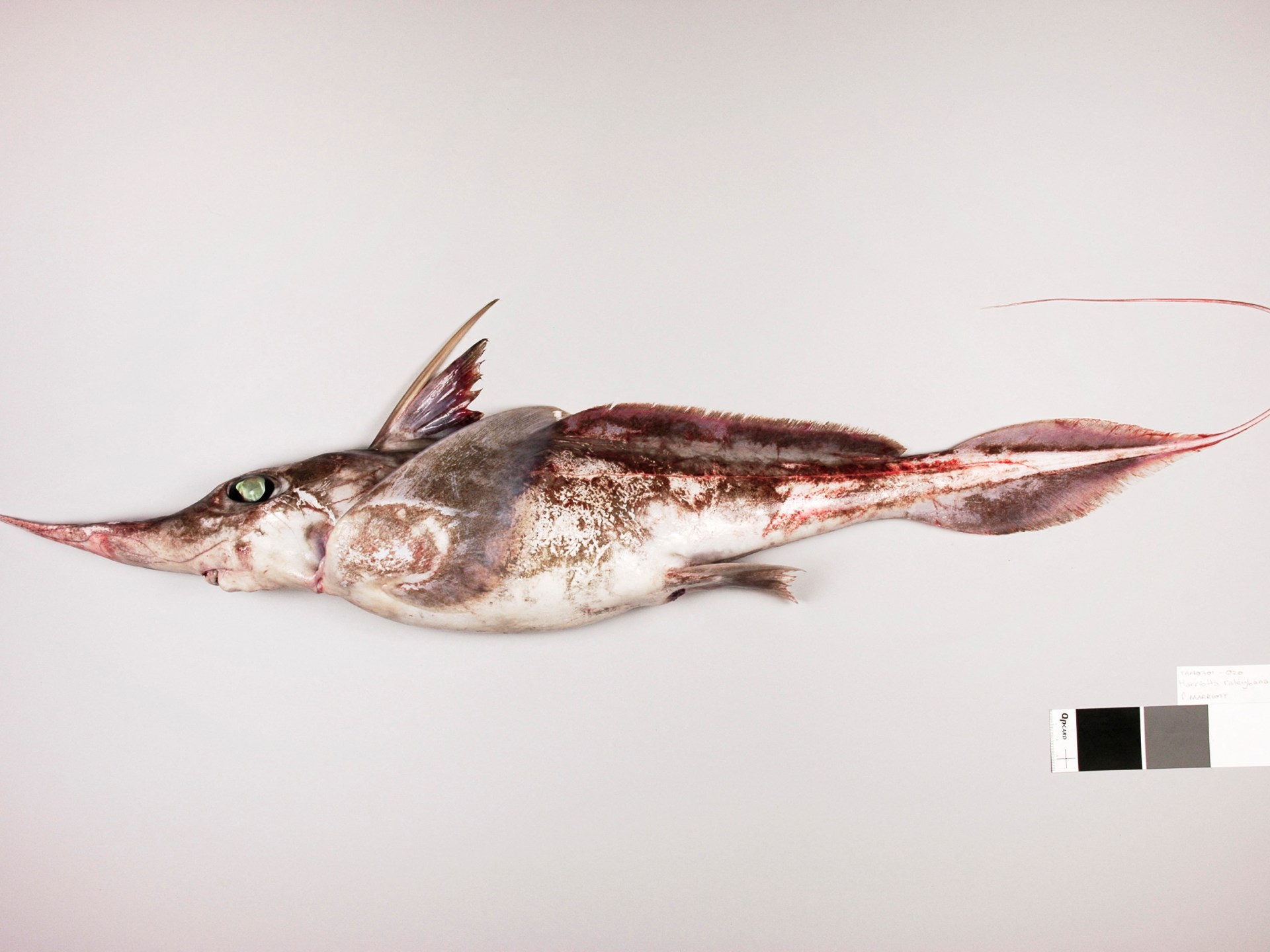Each blames the other for the early morning incident at Sabina Shoal in the Spratly Islands.
Ships from China and the Philippines have collided during a standoff in the disputed South China Sea, with each blaming the other for the incident.
The collision occurred at 3:24 a.m. local time on Monday (19:24 GMT on Sunday) at Sabina Shoal, which is about 140 kilometers (86 miles) west of the Philippine island of Palawan, the nearest major land mass.
Chinese Coast Guard spokesman Gan Yu accused the Philippines of “illegally” entering the waters around the disputed atoll and deliberately colliding with the Chinese ship.
“The Chinese Coast Guard took control measures against Philippine vessels in accordance with the law,” Gan said.
The Spratly Islands, also claimed by Brunei, Malaysia, Taiwan and Vietnam, lie more than 1,300 kilometers (808 miles) from China's Hainan island.
Manila's National Task Force on the West Philippine Sea refuted the Chinese version, saying China was to blame and that Beijing's ships were conducting “illegal and aggressive maneuvers” near the sandbar, causing damage to two of its coast guard vessels.
The confrontation “resulted in collisions that caused structural damage to both Philippine Coast Guard vessels.” [PCG] ships,” he said. He shared photos showing the damage to the ships.
Manila said the coast guard ships, Cape Engano and Bagacay, were en route to resupply personnel stationed on Flat Island when the collision occurred.
In addition to the damage to the Cape Engano, he said the Bagacay was “rammed twice” on the port and starboard sides by a Chinese coast guard vessel, resulting in “minor structural damage.”
“The PCG remains steadfast in its responsibility to ensure the safety and security of our maritime domain while addressing any threats to our national interests,” the statement said.
Tensions have been rising between Manila and Beijing, which claims almost all of the South China Sea under its so-called nine-dash line despite an international tribunal ruling in 2016 that it was baseless.
The Sabina Sandbank collision comes less than two weeks after an air incident between the Chinese and Philippine militaries over the Scarborough Sandbank, which Beijing seized from Manila in 2012.
In July, the two countries said they had reached a “provisional agreement” on Second Thomas Bank following repeated altercations there over resupply missions to a group of Filipino sailors living aboard a navy ship that ran aground there in 1999.
The Philippine Coast Guard deployed one of its key patrol vessels, the BRP Teresa Magbanua, to Sabina in April after Philippine scientists discovered submerged piles of crushed coral in its shallow waters, fueling suspicions that China may be planning to build a structure on the atoll.
The Chinese Coast Guard later sent a ship to Sabina.
Sabina is near Second Thomas Shoal.












